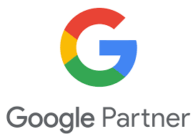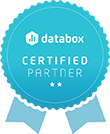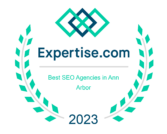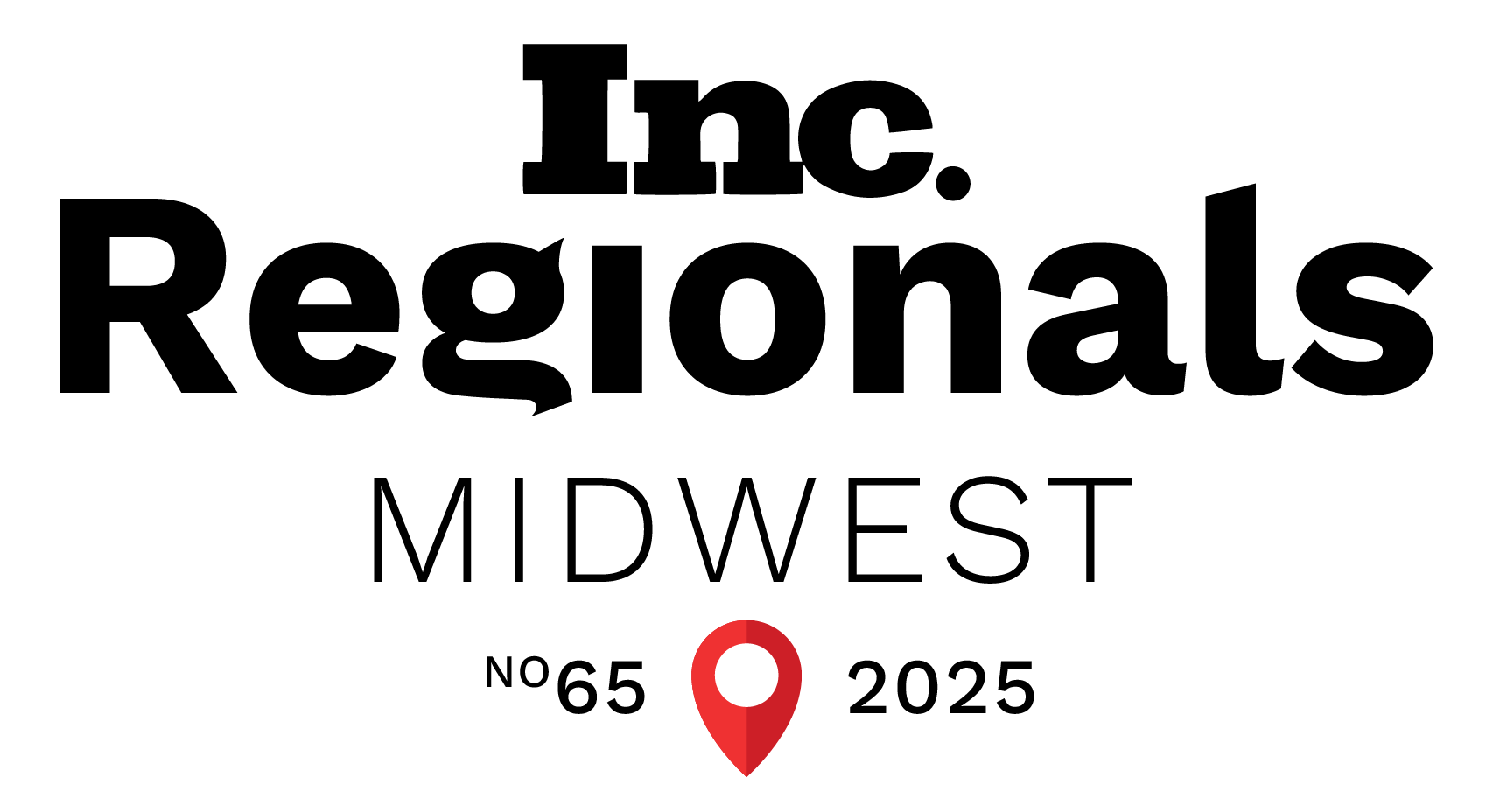
Lead Generation for Technology Companies and SaaS Lead Generation Strategies

Lead generation for technology companies should be intentional and data-driven. Each stage of your marketing funnel should have strategic steps for attracting customers, initially interesting them in your product, and then keeping them interested through continued marketing strategies.
The goal is to maximize and optimize your return on investment (ROI) and the quality of your customers by implementing the best lead generation strategies for startups. We’re here to share what those best strategies look like.
What Is Lead Generation for Technology Companies?
SaaS lead generation looks a bit different than lead generation for other industries. Whether you are a B2B or B2C company, software as a service companies face the unique constraint of having a cyclical marketing funnel.
Not only do you need to attract high-quality customers who can use your product, but you need those customers to continue coming back to use the product. This means that lead generation for SaaS companies needs to both attract and retain qualified leads and conversions.
Your B2C and B2B SaaS lead generation strategy relies on the structure of your marketing funnel. Since your funnel is so essential, let’s start by answering the question “What is a marketing funnel?”
A marketing funnel is a tool used to visualize the path your customers follow from their introduction to your company to becoming a paying customers—or whatever your final conversion goal may be.
Of course, a perfect funnel would have the number of people who are introduced to your company be equivalent to the final number of conversions. However, that is an unrealistic expectation. In fact, your marketing funnel will reveal the qualified customers that you may want to invest more time and effort into retaining, rather than putting all your marketing efforts into attracting people who may not fully benefit from your product.
Your marketing funnel will, over time, give you insight into the strengths and weaknesses of your SaaS lead generation strategy.
Marketing funnels usually follow five stages:
- Awareness
- Interest
- Consideration
- Decision
- Final actions
In this article, we will take an in-depth look at each stage in your strategy for lead generation for technology companies. Again, for SaaS companies, this funnel is about lead generation, as well as keeping your customers interested so you can maintain those generated leads to ensure long-lasting customer relationships.
Pre-Awareness Stage: Lead Generation Strategies
To actually get potential customers to become paying customers, they need to first be aware that your company exists! You may have the perfect product for your customers—one that effectively and efficiently meets their needs—but they can’t purchase your product if you don’t get it in front of them.
Awareness is key. It’s also why the top of your funnel is so big. During this stage, your main prerogative is to let your target audience know that you are a company that has the best product for them. You don’t need to cultivate relationships yet. In order to gain lead generation for SaaS companies, you first need to attract your audience to your business and product so you can guide them to the next stage.
There is very limited space on a search engine results page (SERP). In order to get more SaaS leads, you need to be one of the first results that your target audience sees. How often do you venture to page 2, 10, or 20 after you’ve typed in a Google search? (Or a Bing search, because search engines do exist beyond Google.) If your SaaS company has a great product but doesn’t come up early in the results, qualified customers will go to what they do see—your competition.
So let’s talk about some of the strategies you can utilize to get more SaaS leads!
Identify Your Key Performance Indicators (KPI)
Of course, you want your “business numbers” to look good and generate growth. Increasing your revenue is obviously a main objective, but there are many metrics to look at in order to make decisions that will result in an attractive ROI. Digital marketing key performance indicators are metrics that you can use to track and measure the success of your digital marketing efforts.
These quantifiable measurements will show you where your marketing plan is working and where it is not. Identify the KPIs you want to measure at the awareness stage so you can track them throughout the entirety of the marketing funnel process.
For example, if you track your website traffic, you can see how many people enter your marketing funnel, how many of them stay on your website (and for how long), how many leave (bounce rate), and/or if they travel to another part of your website.
The best digital marketing KPIs will carry you through your marketing funnel and give you an indication of where you are excelling and where you need improvement.
The best lead generation strategies for startups include paying attention to the following KPIs:
- ROMI (return on marketing investment)
- Keyword ranking
- Search traffic
- Bounce rate
- Organic traffic search
- Traffic-to-lead ratio
- Lead conversion rate
- Customer lifetime value
Customer lifetime value is especially important when tracking lead generation for technology companies because retention is a primary SaaS objective. Although these are some of the most important KPIs, it’s also important to talk with a software marketing company like Metric Marketing to hone in on which KPIs will work best for your company.
Craft Targetable Goals
You know your business better than anyone. That’s why you can make goals specifically for your company that you know are attainable, while still pushing towards greater success. Some of the best lead generation strategies for startups come about simply by setting reasonable goals.
If you’re not quite sure where to start—or what marketing goals you should even have—reach out to Metric Marketing. We specialize in B2C and B2B SaaS lead generation and digital marketing.
Your business strategy should be as unique as your business is, and it should let you balance the management of your competitors’ strategies. Talk to us about what your targetable goals may be. We can combine your business acumen with our passion for marketing to achieve those goals—and beyond!
Find Baselines for Goal Setting
A good place to start looking for your own goals is actually by looking at your competitors. True, you are a one-of-a-kind business. This creates the need for a customized marketing strategy.
However, you are not singular in this industry. Therefore, looking at your competition’s goals can help point you in the right direction for your own business’s goals. We do not mean replicate. Rather, familiarize yourself with your industry marketing standards, then surpass them.
Research & Build Buyer Personas
Digital marketing—and the pre-awareness state—is all about cultivating a relationship with your target audience. The true beauty of digital marketing is that you can intentionally market to a group of people who fit the mold of your most qualified customers—customers who can start and continue to use your software products.
This is easier said than done. Luckily for you, Metric Marketing is a software marketing company that works with you to help you create the best buyer persona for your business.
A buyer persona is a semi-fictional character that personifies an entire group of people who are your target customers. These personas take a lot of research to create, as you want to really dig deep into who your customers are so you can create comprehensive characters to market to.
Awareness Stage: Lead Generation Strategies
Awareness is the stage when your audience gets their first impressions of your business and brand. Once you have done all the research to prepare for implementing your strategies, it’s time to get your company in front of the eyes of your target audience. You want to get lead generation started by making a positive and memorable first impression.
Guest Blog
You have a product that people use and love, so why not tap into their influence? Partnering with people or companies who benefit from your product can build credibility within your industry.
Having a guest blog is a twofold asset. You will strengthen your relationship with the person who creates the blog, plus show potential leads the ways your guest blogger benefits from your product. One of the best ways to raise awareness about your brand, company, and product(s) is to have influential user share their positive experience with your business.
Develop & Execute an SEO Strategy
SEO stands for search engine optimization and refers to how your website is ranked by search engines. The better SEO you have, the higher up you will appear on a SERP.
SEO is influenced by many factors, including:
- Website architecture
- User experience
- Quality and accuracy of content
- Industry authority
- The types of users who visit your website
- And much more
Developing an SEO strategy is a way to get more SaaS leads by building your credibility over an extended period of time. By building your brand, conducting keyword research, creating content, and building/updating your website on a solid foundation, you will gain organic search traffic for your website.
Advertise Your Product
Show off what you have to offer! You can do this through organic search or paid advertising. Paid advertisements grant quick visibility to a targeted audience. Then, if that audience is enticed by your advertisement and product, they will move further down your marketing funnel by clicking on that advertisement.
Lead generation for SaaS companies is all about initial visibility. Hone in on your (potential) customers’ needs by literally giving them what they want—or what they don’t yet know they want.
Get Involved With Technology Conventions & Exhibitions
The awareness stage involves both inbound and outbound marketing. Inbound marketing, in short, is marketing to draw people to your website. Of course, much more goes into the actual practice of making that happen. This includes strategies like SEO, content marketing, and social media marketing.
Outbound marketing, on the other hand, is reaching out to customers. One way to do this is by marketing yourself and your company at conventions and exhibitions. Raising awareness for lead generation for technology companies starts by connecting with other companies.
You can learn what your competition is doing, get advice on what to do better, and build your network. Conventions for SaaS companies allow you to introduce your business and product to qualified users—the people who will most benefit from your products.
Build Your Social Media Presence
Social media marketing is a great tool for lead generation. Social media platforms allow you to connect with your audience members on a more personal level. Social media allows you to:
- Reach a broader audience
- Build your brand/create your business’s voice
- Connect with customers through direct messages
- Share already made content that leads audience members back to your website
You can use social media to reach an organic audience and also use tools like Facebook Ads Manager and LinkedIn Ads to promote your business to qualified prospects.
Work With Social Media Influencers
Similar to the idea of guest blogging, you can use social media to your advantage by partnering with customers who have an influence on social media platforms. If your product is being used by someone with a large following of qualified users, ask them to speak about your product. Then, you can show off their testimonies on your own feed.
Interest Stage: Lead Generation Strategies
Interest is the stage between awareness and consideration. Because it is a single action, it is a crucial point for lead generation for technology companies. At this point, your audience makes the decision about whether or not they want to consider your product.
A step further than awareness, the interest stage is when your audience will start to do their own research into who you are as a company. It differs from consideration because consideration is about actual engagement. The interest stage leads to qualified leads because, after further investigation, your audience is actively choosing to further their interest.
You can nurture further interest by:
- Providing content that answers frequent questions
- Being clear about who you are as a company
- Building your brand over time
- Creating an inviting digital environment
During the interest stage, an audience member engages from afar. They will do comparisons with your competition and find out more about who you are as a company to decide if your goals and product match their interest and needs. Create interesting and engaging content so that your audience is led to the next stage: consideration.
Consideration Stage: Lead Generation Strategies
The consideration stage legitimizes your prospective audience members as qualified leads. This means that those audience members became aware of your brand and products, were interested enough to research what you have to offer, and have now decided to pursue engagement with you.
The consideration stage of lead generation is where you veer further towards more focused content that adheres to the deeper interests of your audience. Awareness and interest are all about broad reach. Consideration, on the other hand, is in the middle of the funnel. This means that your SaaS sales leads are so interested in your company that they want to know more specifics.
Leverage Existing Satisfied Customers With Testimonials
Testimonials engage your current customers and leads and circles back to one of the unique qualities of B2C and B2B SaaS lead generation: retention. You want your qualified leads to become and remain customers. Requesting testimonials keeps your users feeling appreciated while welcoming a new audience in to further understand how your product works.
Capture Emails & Nurture Leads
Getting email addresses is one of the most essential parts of SaaS B2C and SaaS B2B lead generation because now you have a direct line to your qualified leads. These audience members are giving you permission to contact them directly. Through email, you can gain and share further information about your qualified leads and promote deals and products.
Host Webinars
Hosting webinars is a fantastic way to gain lead generation. B2B SaaS and B2C SaaS companies alike can use this platform to provide a deeper understanding of their customers. Webinars can lead to greater trust in your product.
The more your audience is familiarized with your company and product through webinars—which are a direct form of communication—the more you are nurturing a relationship with them by letting them get to know you even better.
People will also see that you care and genuinely do want your customers to succeed with the product you are providing. They will also see that you are a credible source in the SaaS industry. Teaching people about your business and product will reinforce your position as an authority in your field, ensuring further trust.
Webinars allow you to interact with customers. Additionally, if customer interest deepens during a webinar, they will likely give you their information and you will have generated a qualified lead.
Have a Sale, or Offer Exclusive Deals
SaaS companies can offer something very enticing to prospective customers: free trials. Since SaaS provides continual products through subscriptions, you can give trials to qualified leads to see if they will make the conversion to final sale—and continued buyer—customers.
Sales, deals, and free trials offer easy entry into your product. Once your qualified leads have a chance to use your product, you can then further nurture their interest and guide them to become paying customers.
Decision Stage: Customer’s Evaluation of Your Business
The decision stage is when the customer makes their decision about whether or not they want to commit to your company. During this stage, it’s typical to see your marketing and sales team combining forces.
The decision stage usually has a concentrated number of qualified leads, leads that need the final push towards the yes. Here’s how to make sales conversions a reality.
Optimize Landing Pages
Landing pages are pages on your website that guide your qualified leads directly to your goal. A landing page differs from your homepage because it reduces the number of options that your leads can choose from.
Landing pages should correlate with the campaign that brought the audience member there. This way, people can easily make that click, purchase, and conversion.
Optimize your landing pages by:
- Making brand-oriented copy
- Writing convincing titles and headlines
- Keeping it simple by directing people’s attention to the purchase
- Adding timers to the purchase process
- Including social media links
- Remember, the less steps the better
Your landing page directs your leads to your goals. Make that transition as easy as possible for your qualified leads.
Perform Conversion Rate Optimization
Conversion rate optimization goes right back to our digital marketing KPIs. Though it’s important to look at KPIs throughout the sales funnel process, it’s always a good idea to compare your performance now versus where it was at the beginning of the funnel.
Some of the actual locations where you can specifically focus on optimization to cultivate your conversion rate are:
- Landing pages
- Homepage, which is often a user’s introduction to your company, so showcase yourself and your products in a welcoming, accessible way
- Pricing page—make your subscription prices and features very clear
- Any and all lead generation pages—any page that you focus on during this marketing funnel should be optimized for lead generation
Metric Marketing can help optimize each page on your digital marketing funnel.
Purchase, Conversion, and Final Actions
We’ve arrived at the end of the funnel of lead generation for technology companies! The final purchase takes place, and your qualified lead becomes a paying customer.
Improve Subscription Process to Generate More SaaS Leads
SaaS companies rely on customer cycles of purchase. Making the entire subscription process accessible and user-friendly will further encourage continued subscriptions.
Optimize your payment strategies to retain your customers. Do this by implementing practices like:
- Integrated checkout via credit card and PayPal
- Instant, managed payments through direct banking
- Subscription features, including different parts of your product at different price rates
- Automatic invoices
- And be sure to include customer support at all stages—via chatbot, if possible—so that if there are any technological issues, they can be quickly addressed
Test Different Pricing Strategies for More Leads
You may find that your SaaS pricing model is at the core of your SaaS marketing strategy. Your pricing strategy can make or break the final stage in your SaaS lead generation.
Many SaaS companies have various pricing models that are designed to accommodate different client types. Pricing upgrades provide further benefits. Some popular pricing strategies include:
- Tiered pricing models
- Flat-rate subscriptions
- Feature-based pricing
- Usage-based pricing
- Pay-per-user
There are more pricing models to choose from. Develop one that is best suited to your customers, product, and business alike.
Hire Experienced Lead Generation Experts for SaaS & Technology Companies
Metric Marketing is a digital marketing agency specializing in B2B and B2C SaaS marketing strategies. We know the constraints of the industry, and how to use them to our advantage to get your company in front of the eyes of qualified customers.
Lead generation in the IT industry is all about attracting the best audiences to your business and turning them from qualified leads into paying customers. Our team of digital marketing experts have the knowledge and experience to make that happen.
Metric Marketing SaaS Lead Generation Case Study
We like to let our results speak for themselves. We helped SaaS company Stoneridge shatter its revenue goals. In just one year of working with Metric Marketing, Stoneridge’s revenue increased by 140%. We are excited to continue working with this incredible SaaS company to continue generating the qualified leads they deserve!
For a closer look at the metrics, check out our Stoneridge software case study.
Get More SaaS Leads by Reaching Out to Metric Marketing Today
Metric Marketing specializes in lead generation for technology companies. If you’re ready to boost your revenue by creating and implementing a customized marketing funnel, you’ve come to the right place!
Contact the Metric Marketing team today by calling (734) 404-8714 or by filling out our online contact form. We hope this page offered you insight into the importance of lead generation for SaaS companies. We look forward to hearing from you!
So, you have a question?
We have an answer!
Ready to Inquire?




